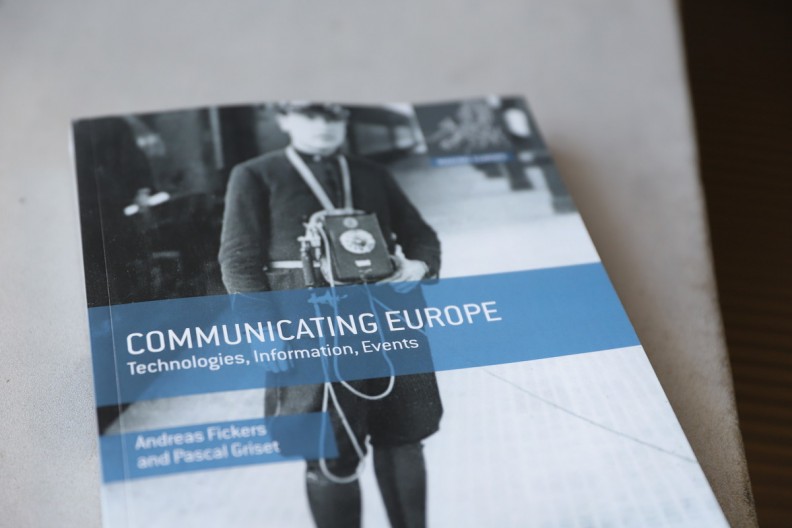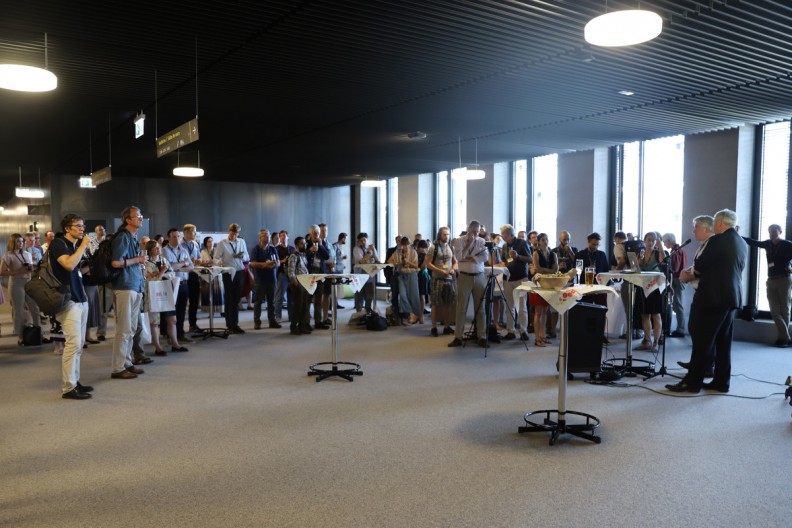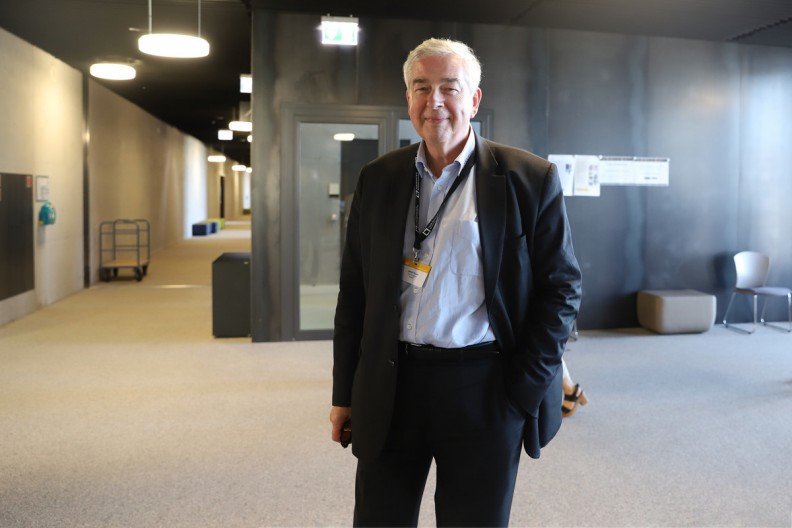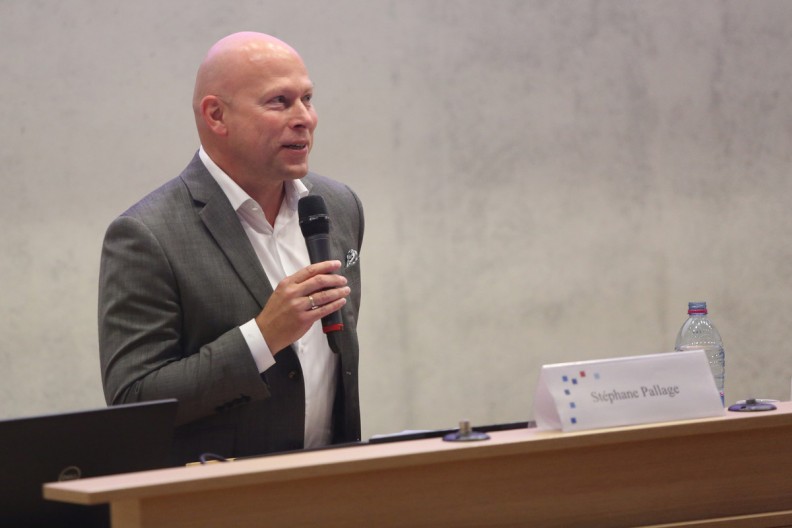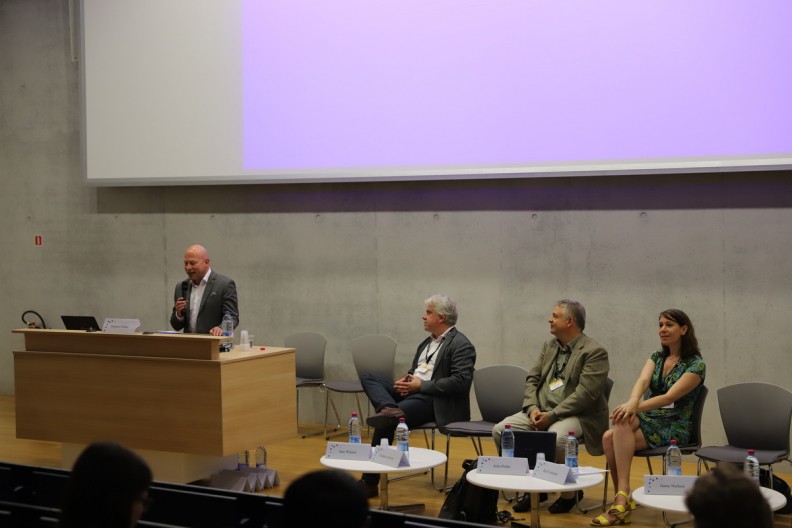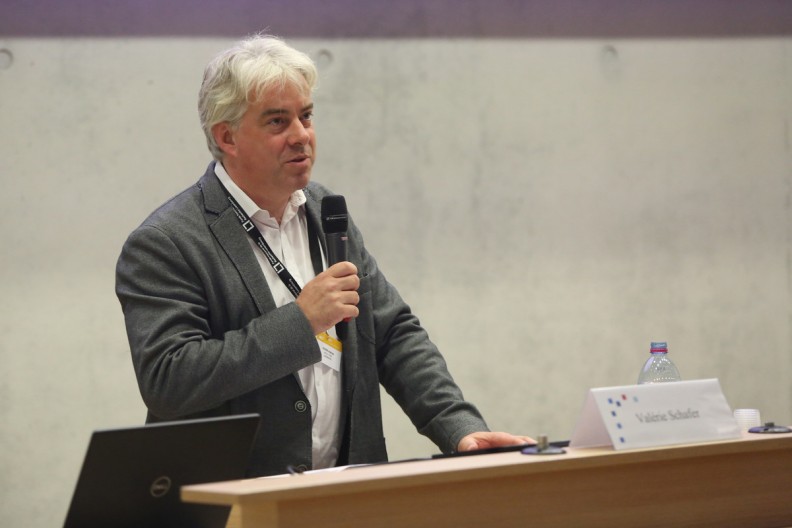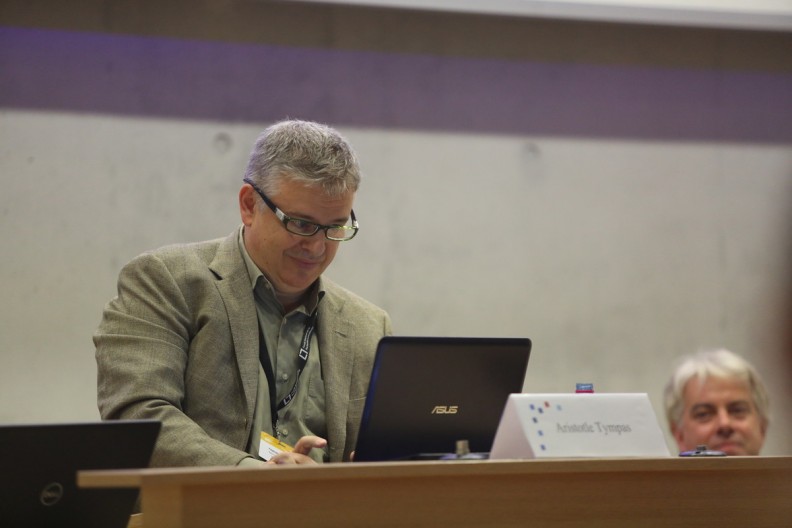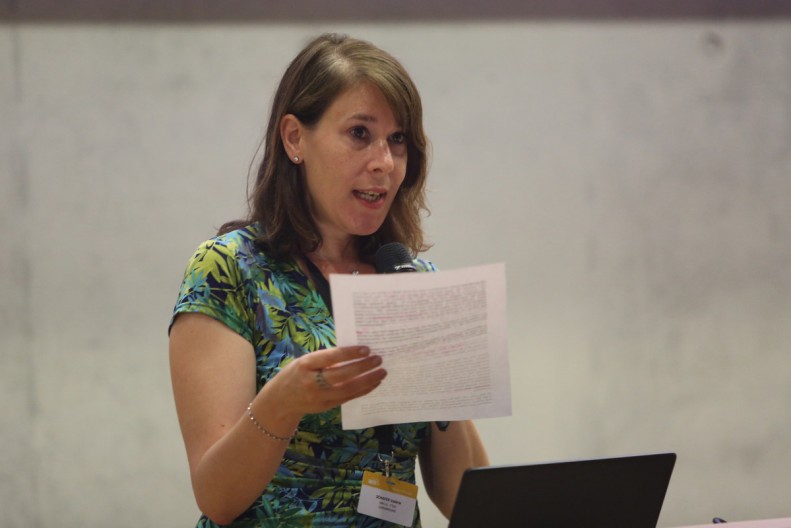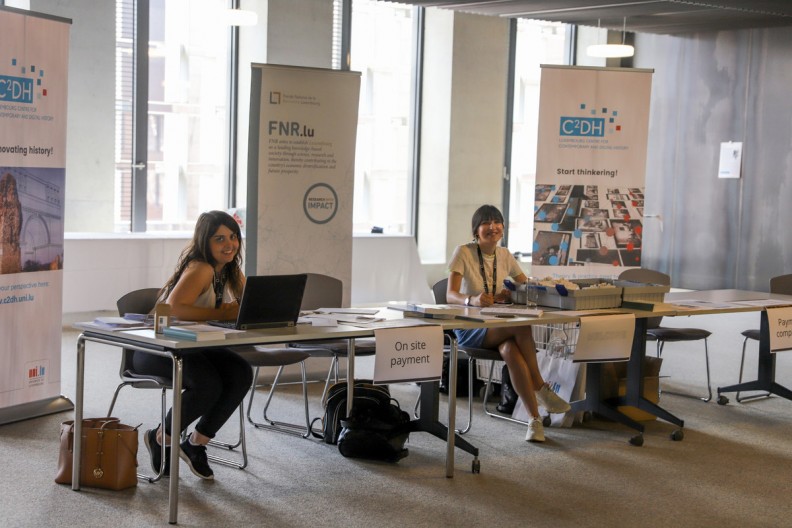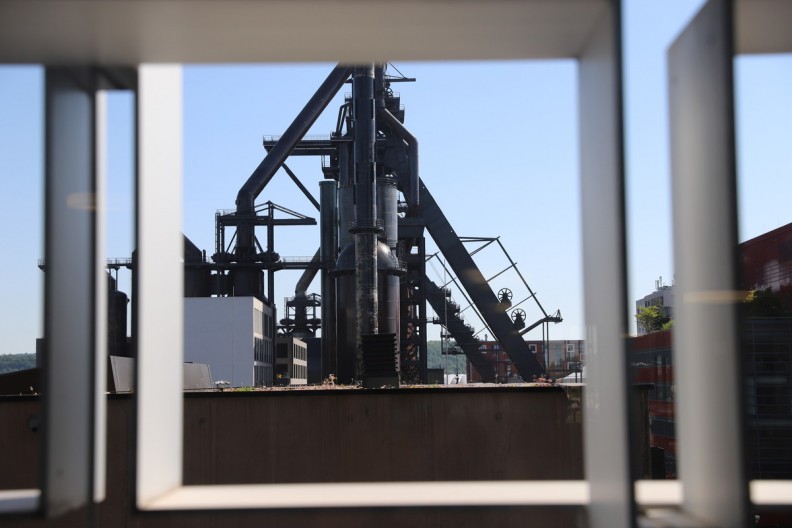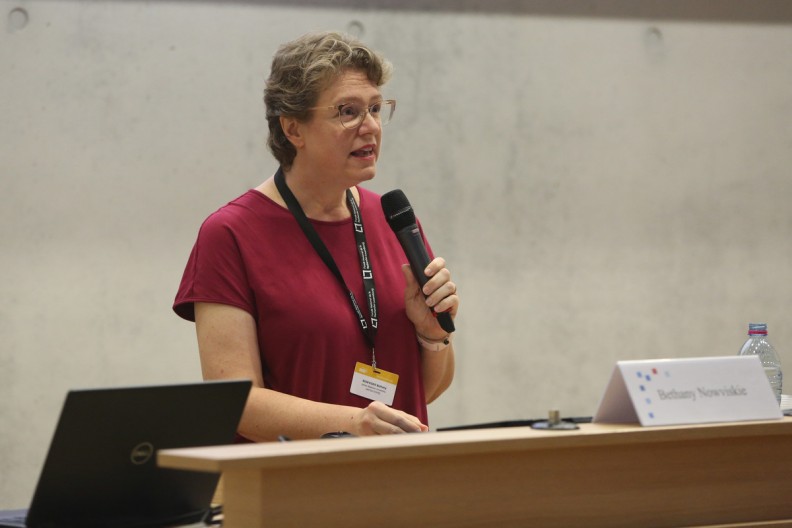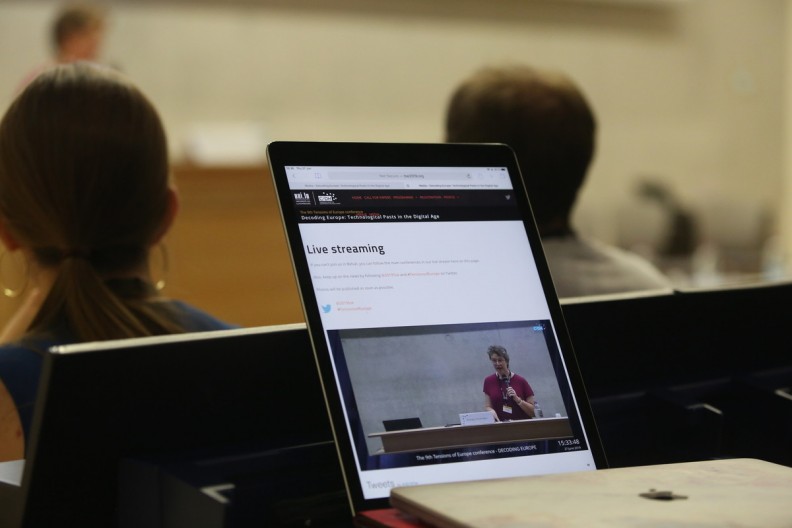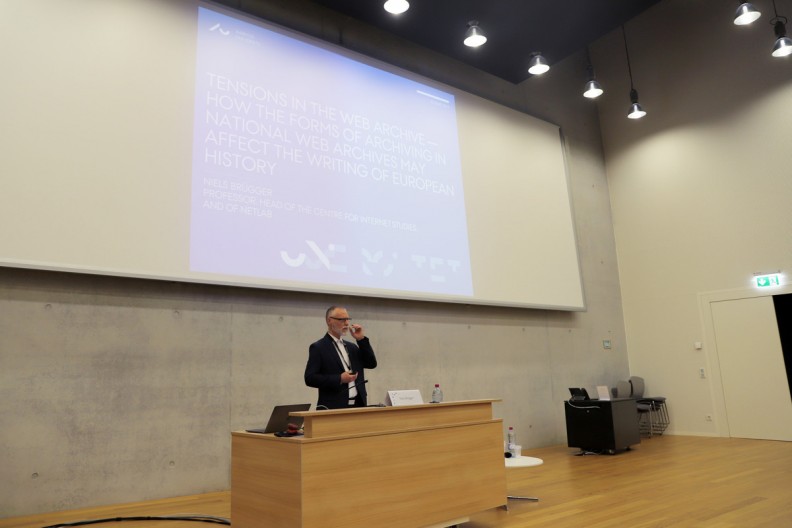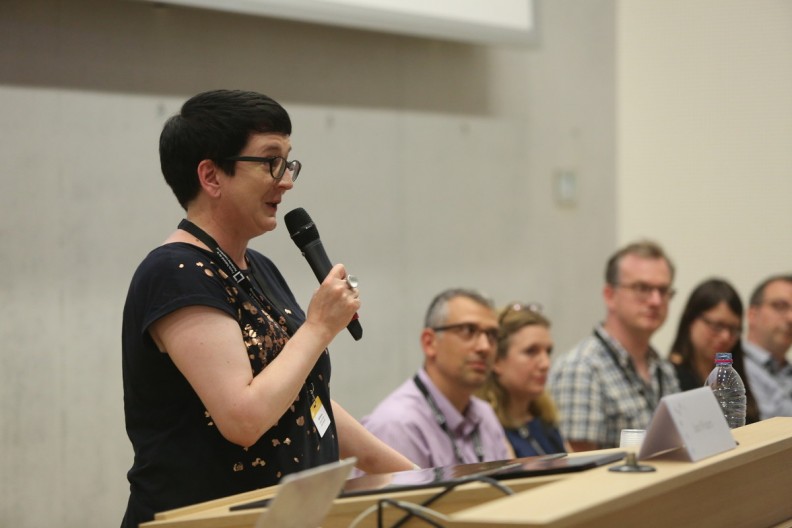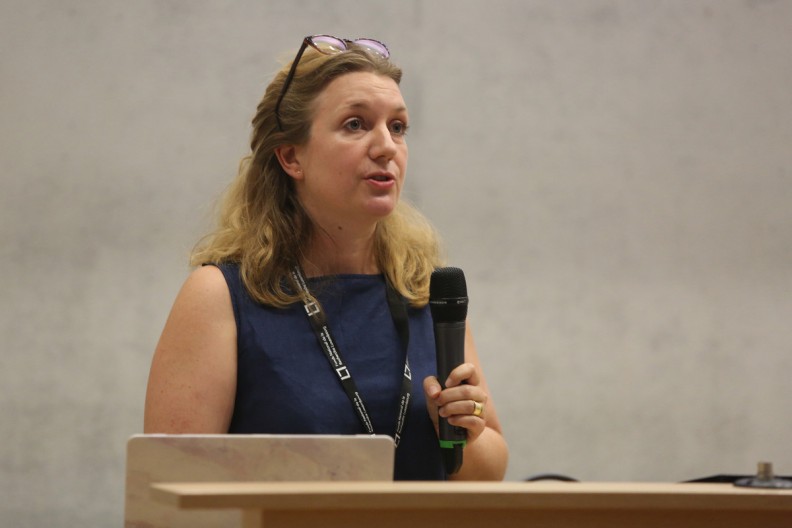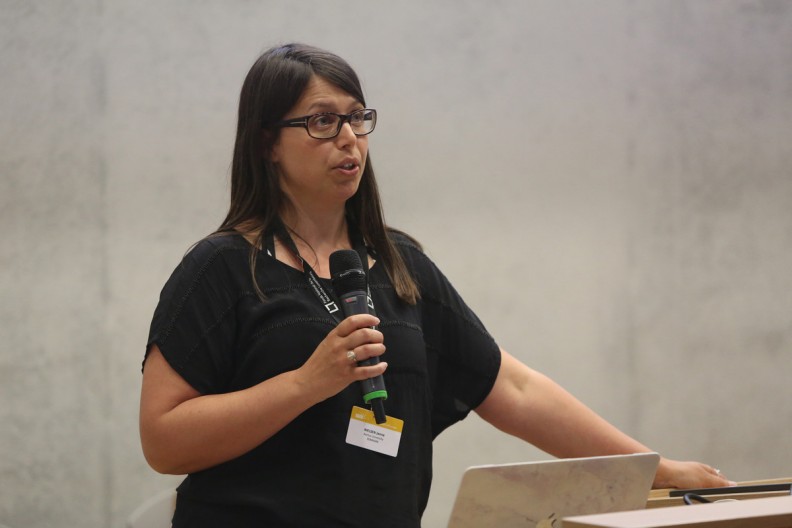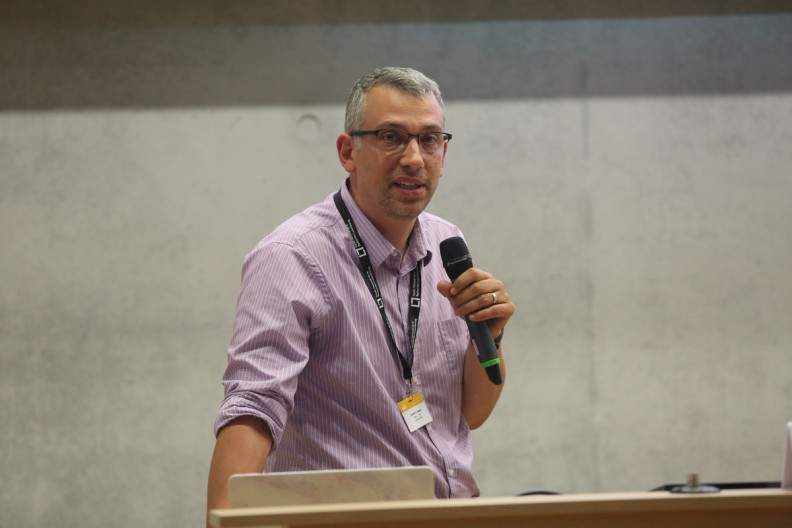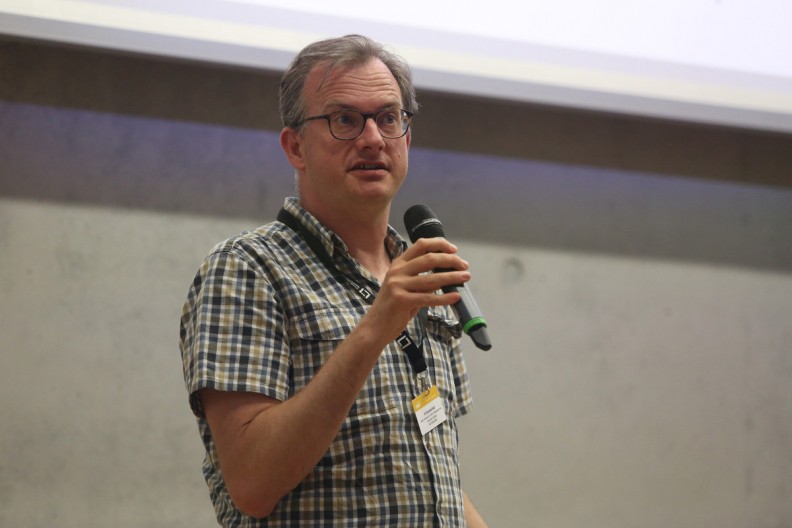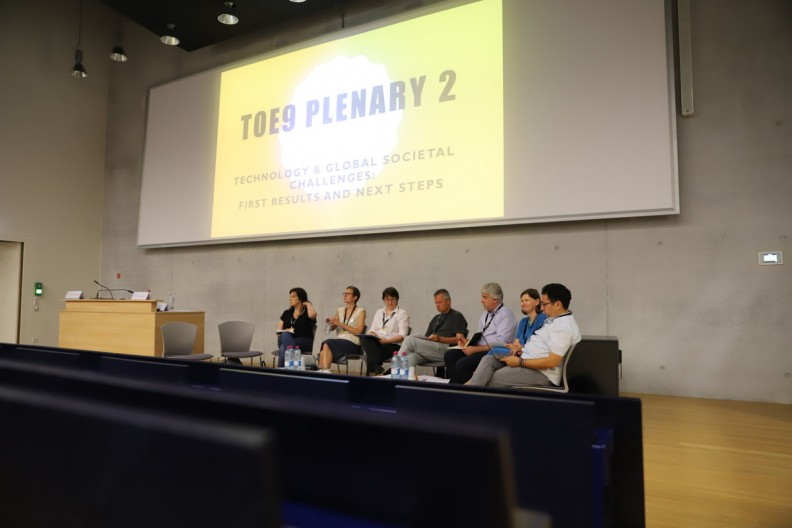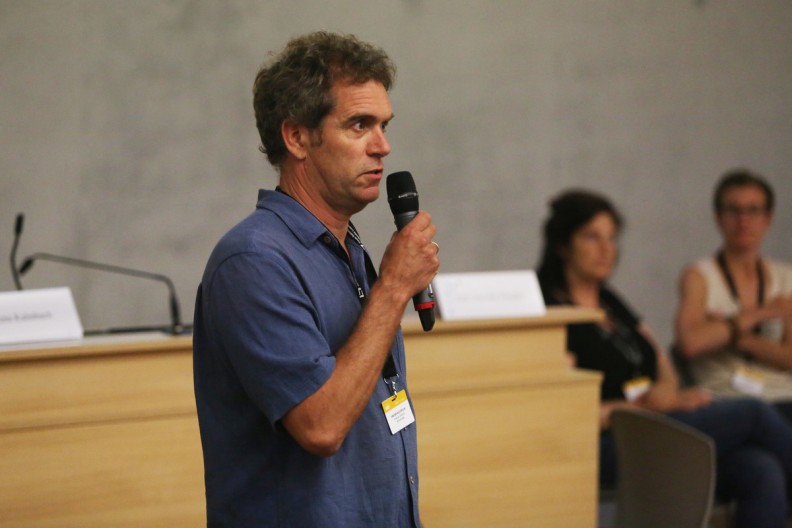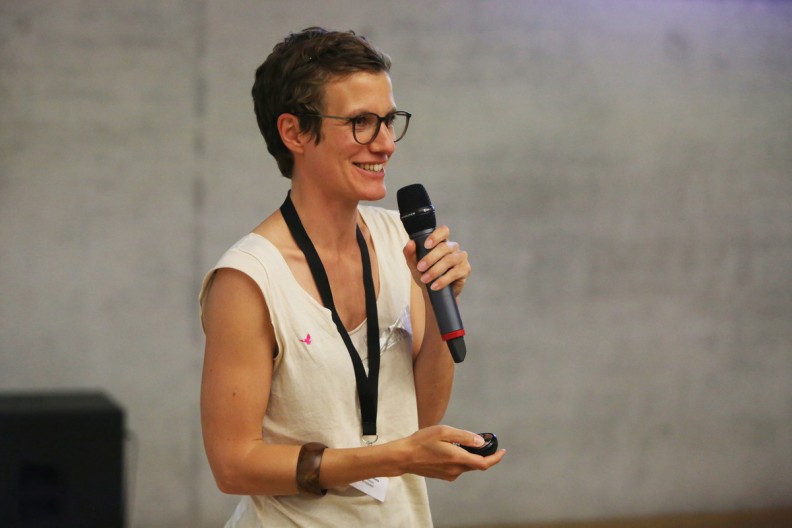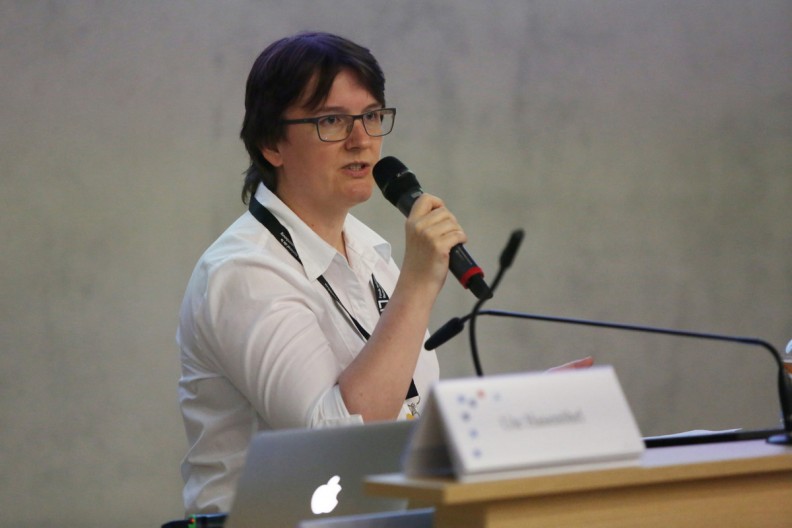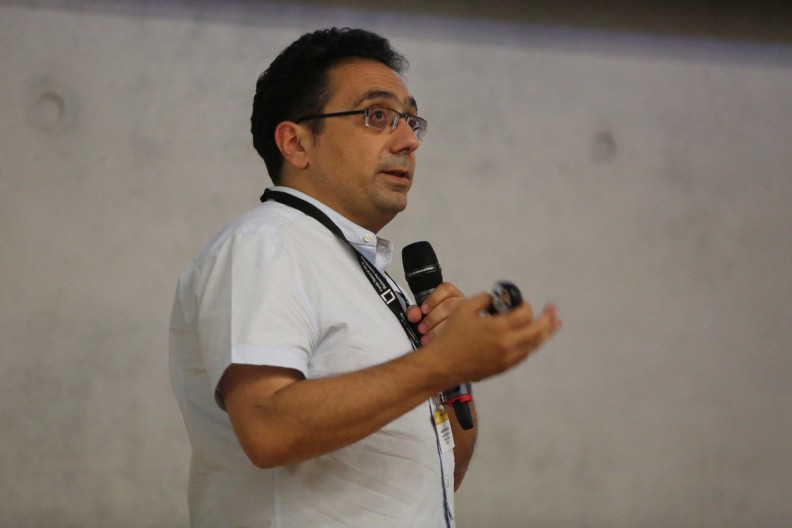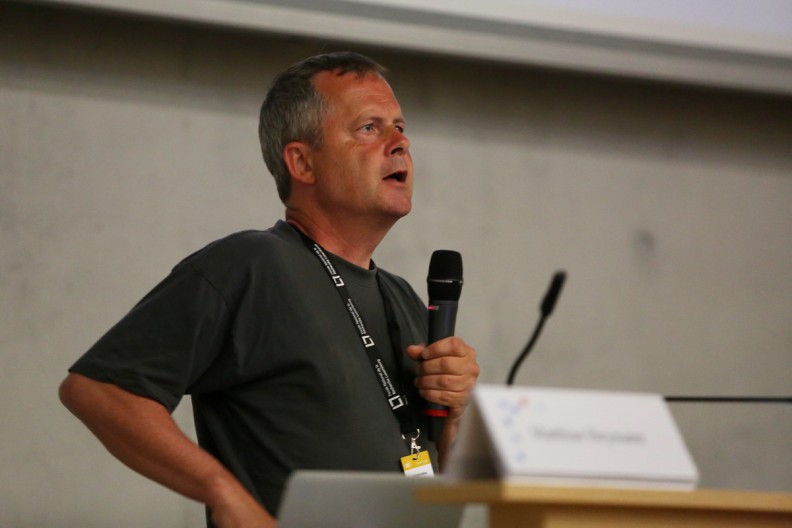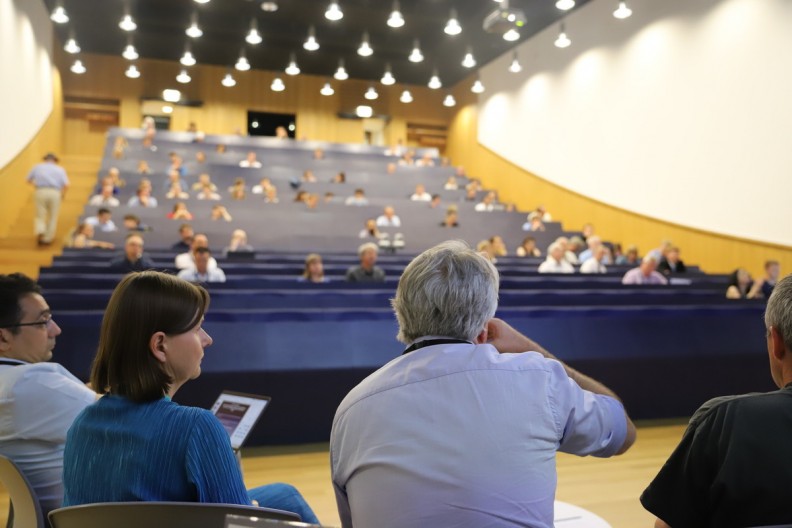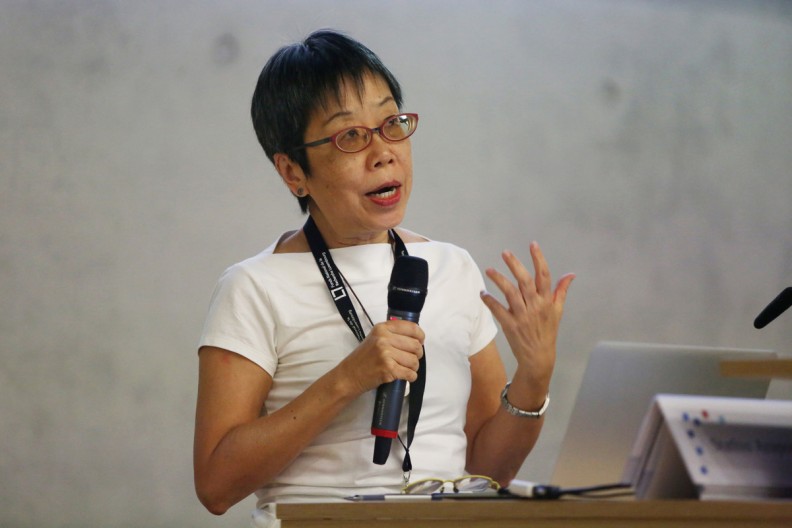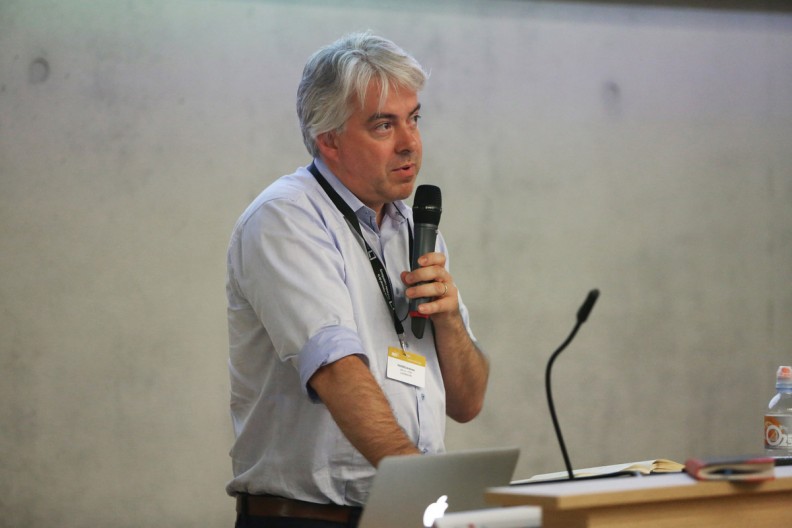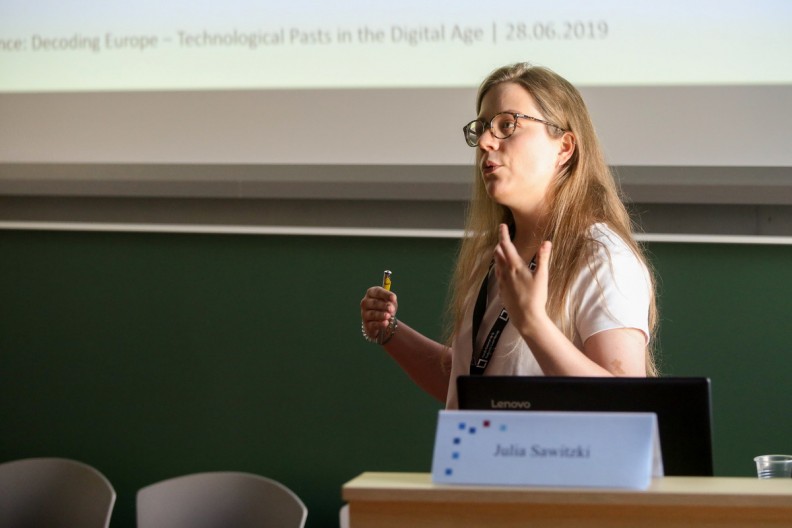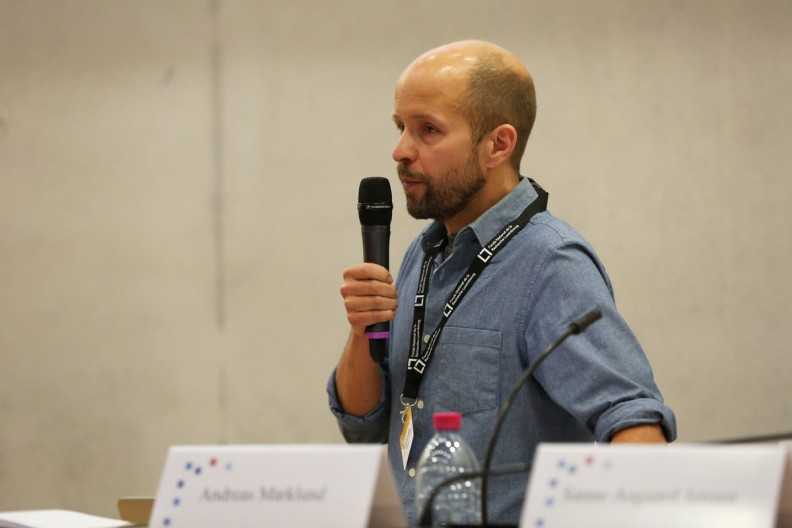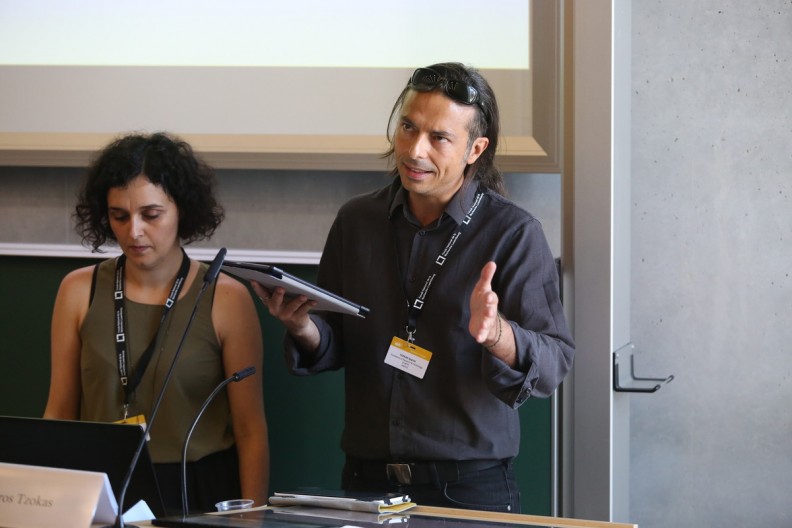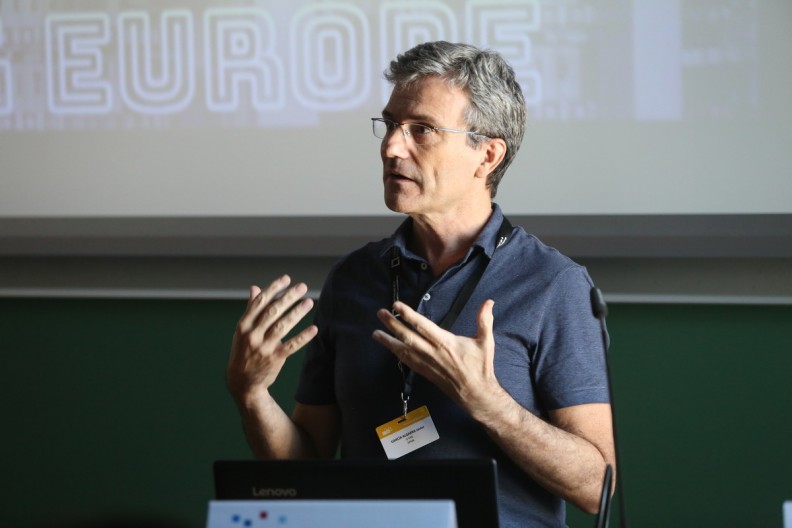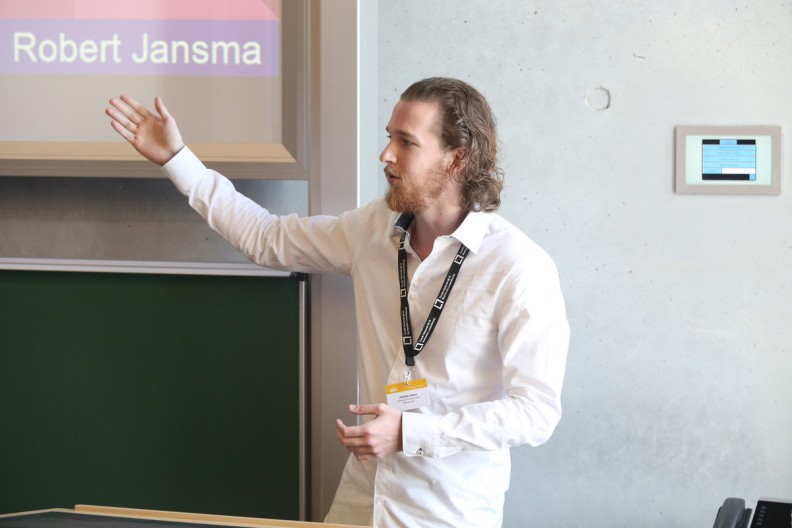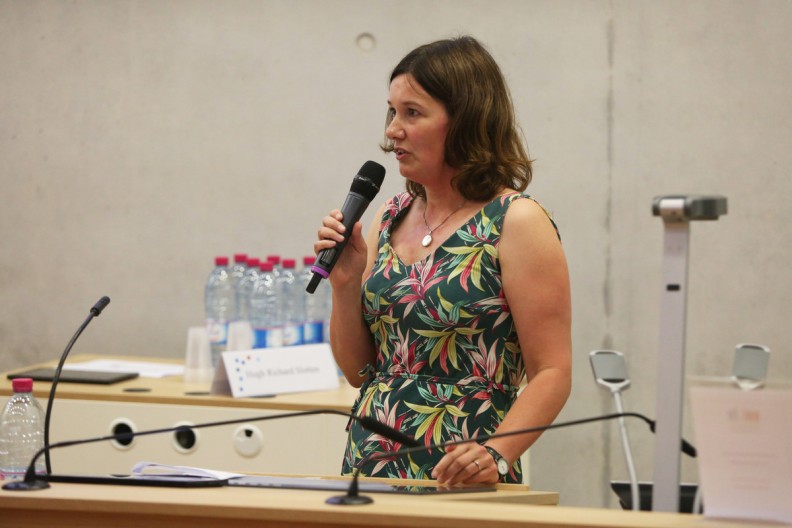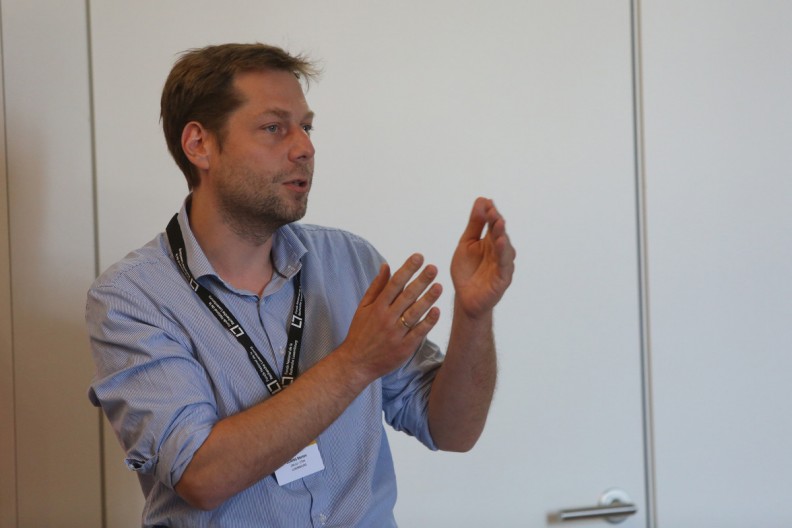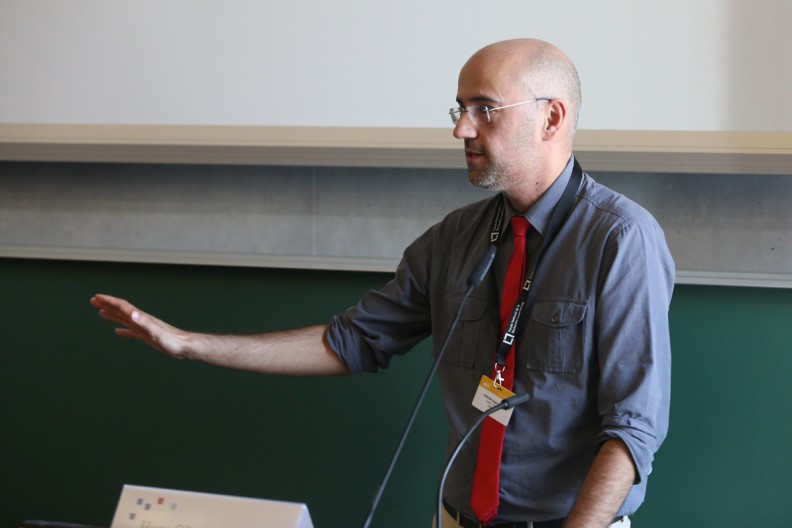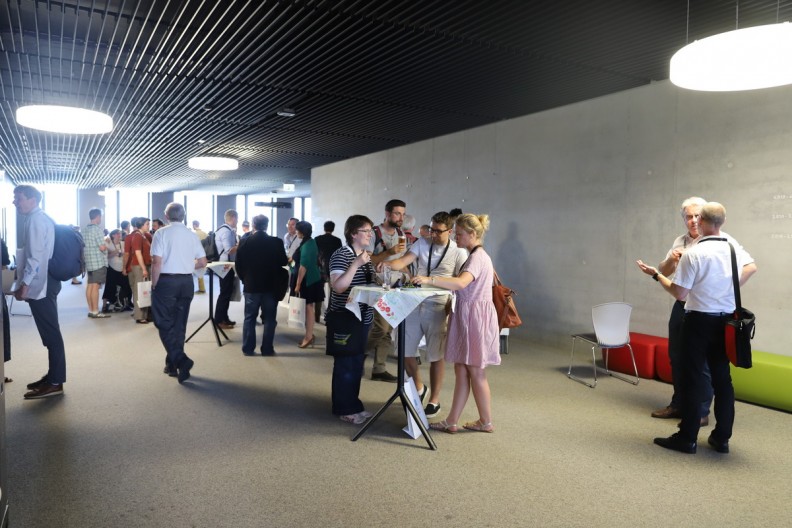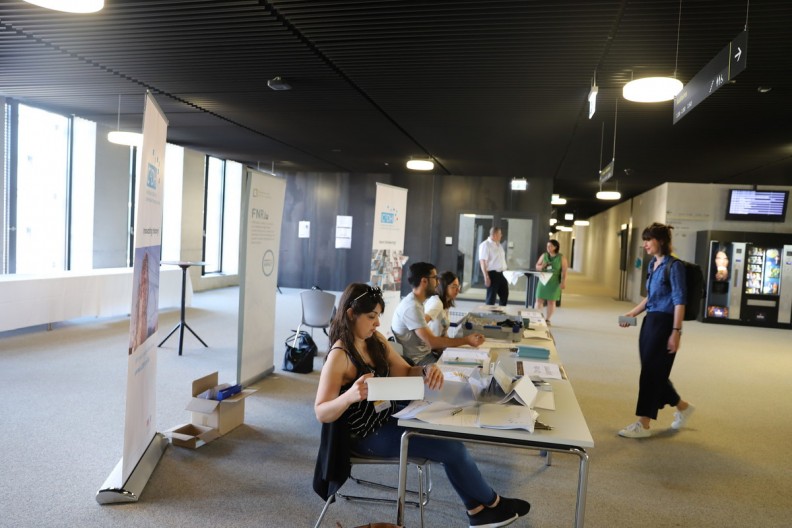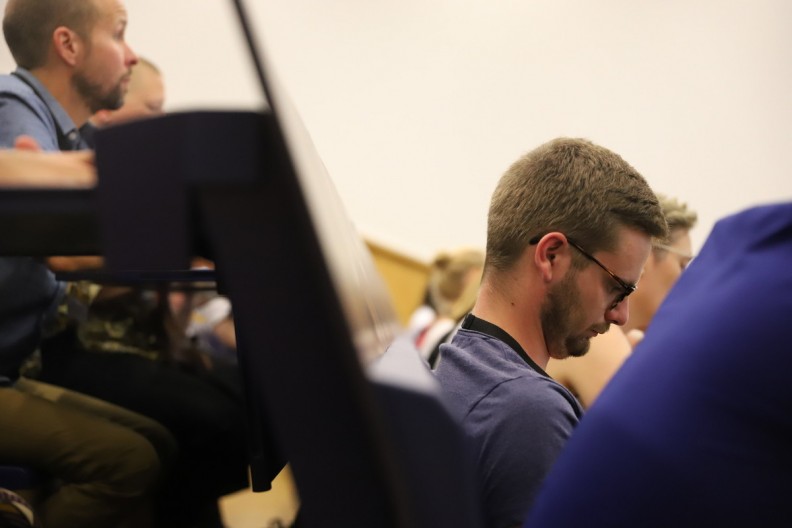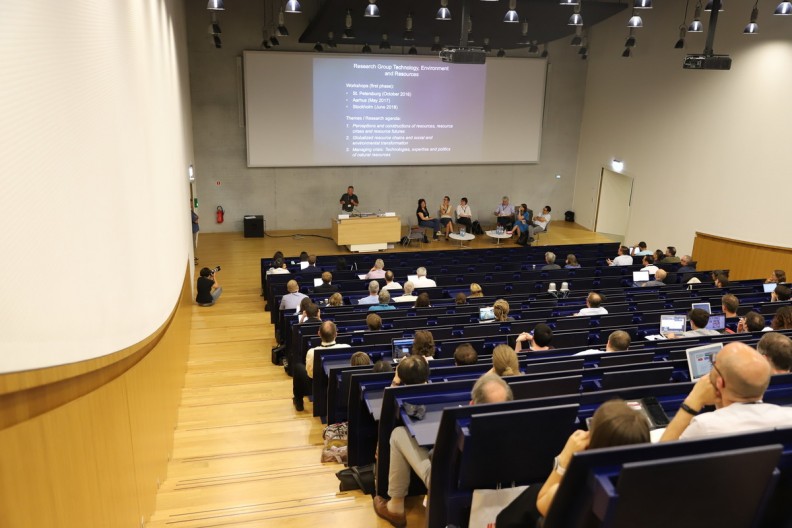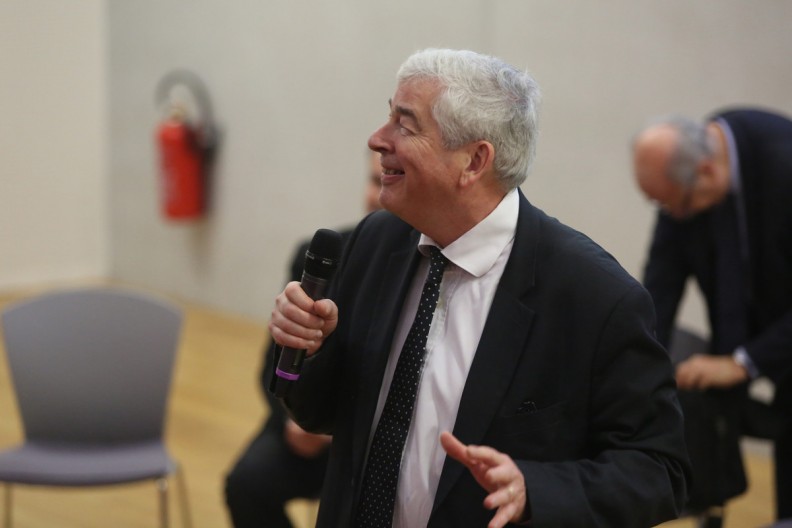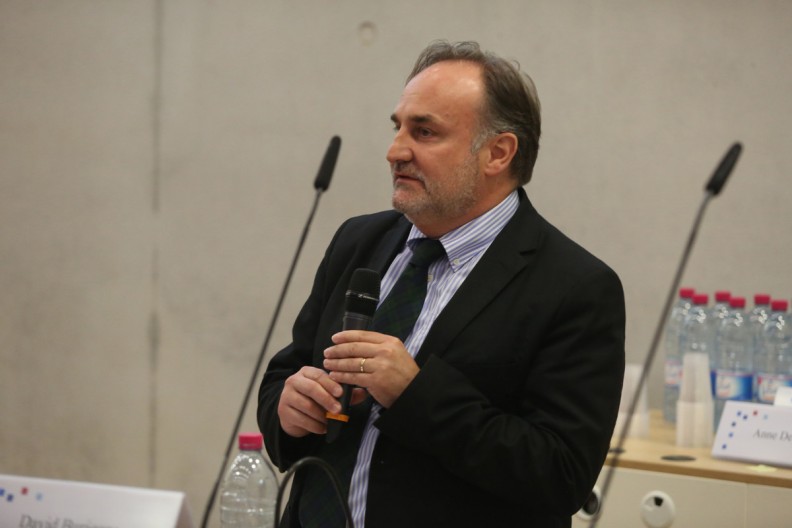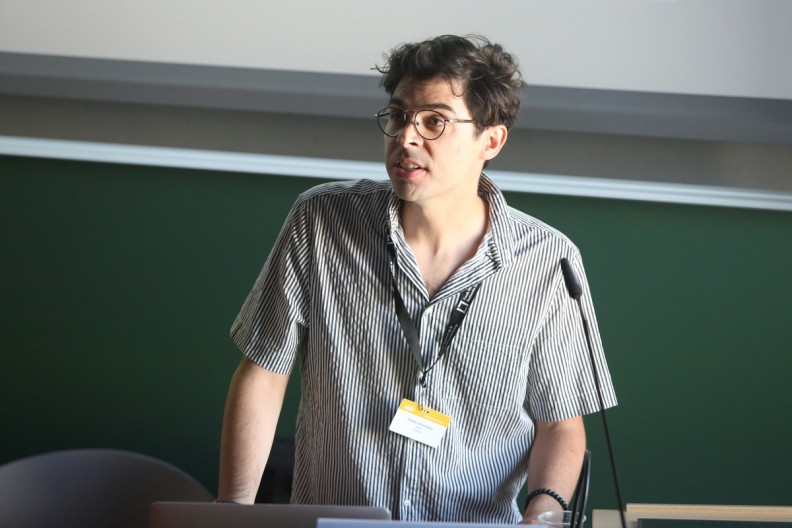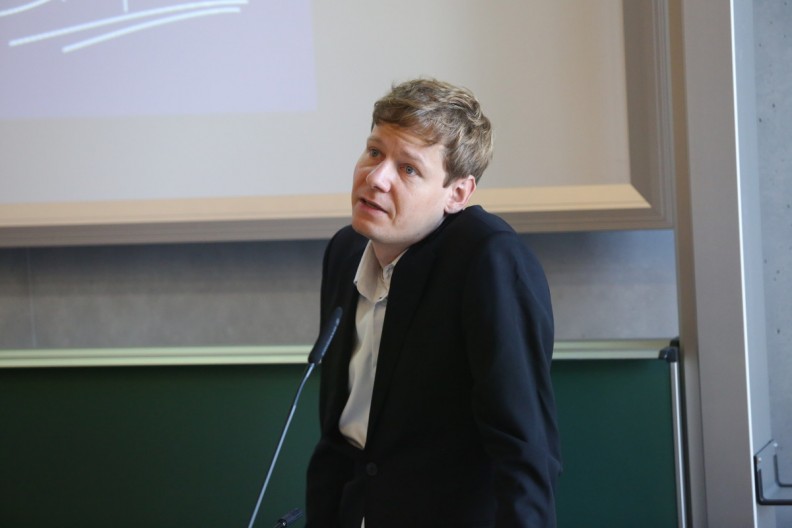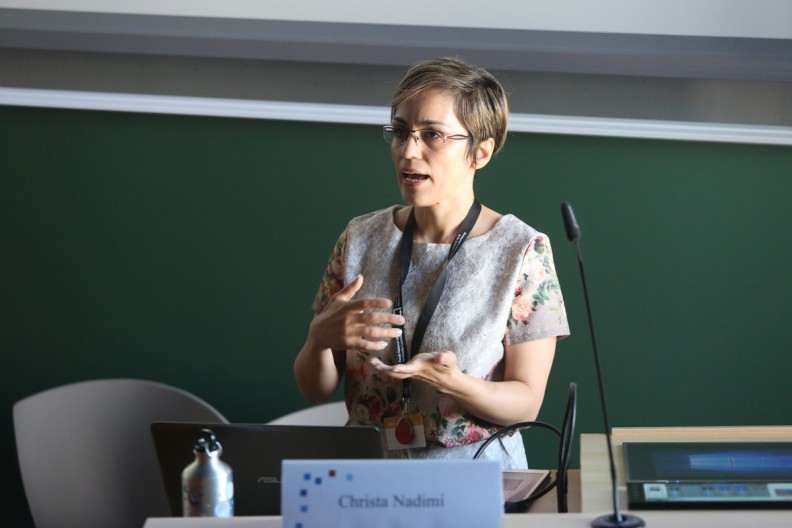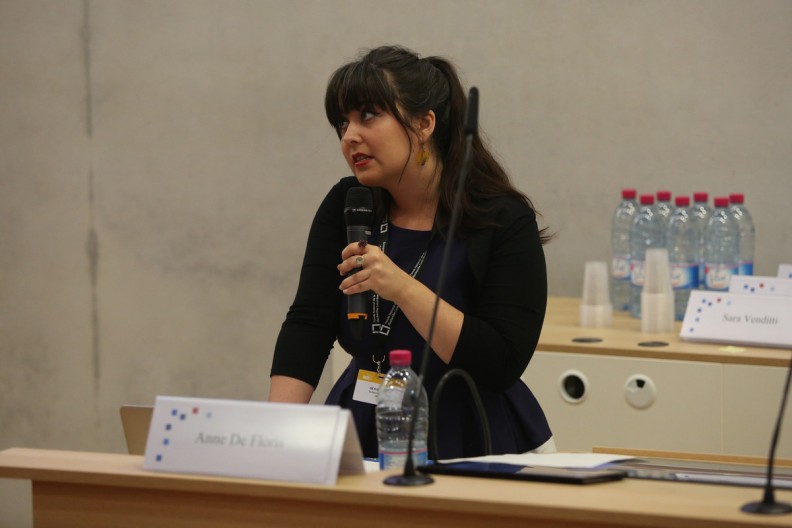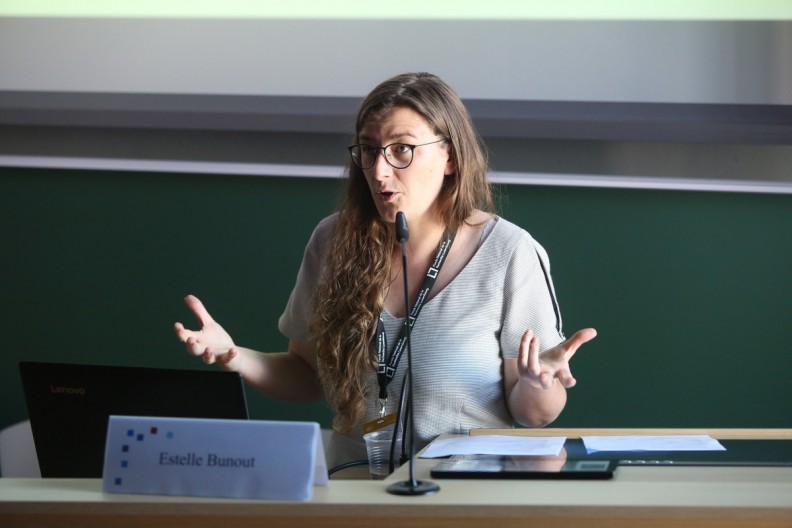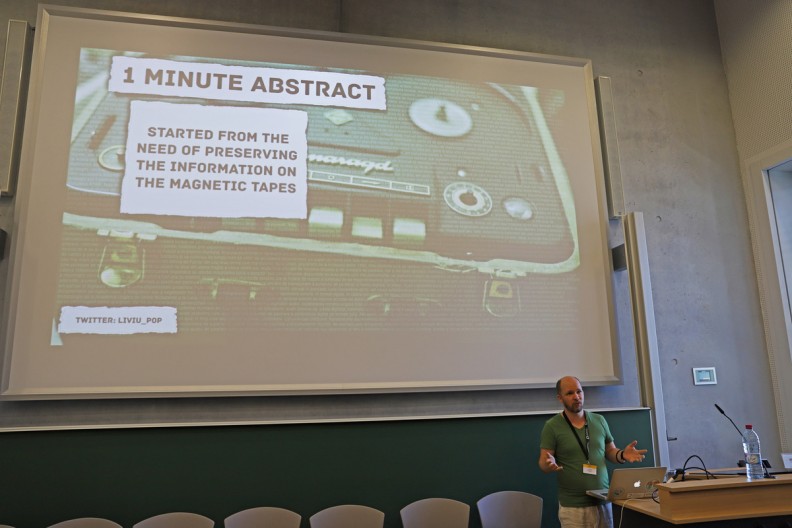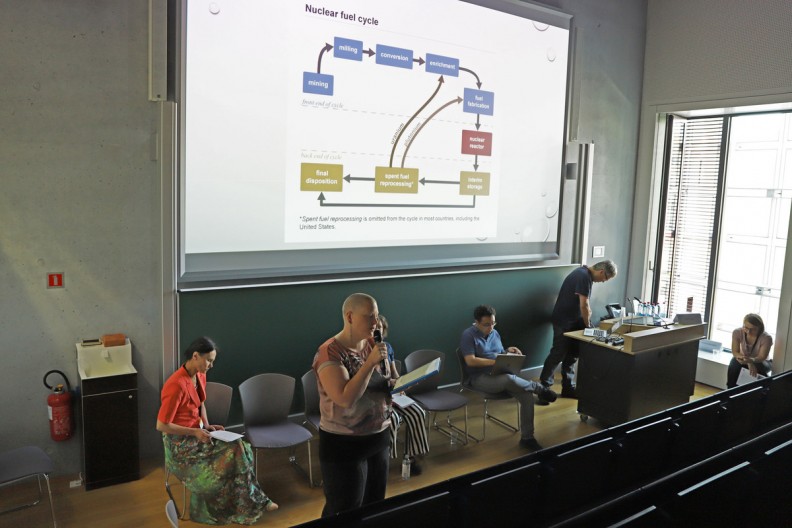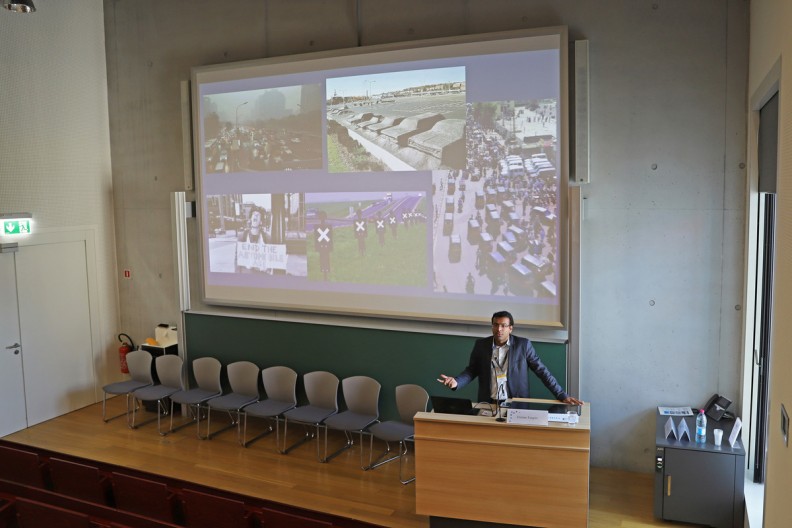Tensions of Europe (ToE) is an international scholarly network whose research focuses on three broad areas – history, Europe and technology – and how they are intertwined. Since 2013, the network has published the book series “Making Europe” as a means of analysing how the history of Europe can be narrated by focusing not on a series of political changes but on the continuity of technological innovation and development. The last volume, edited by Andreas Fickers and Pascal Griset, was presented during the opening reception.
The C²DH, the University of Luxembourg’s third interdisciplinary research centre, founded in 2016, seemed a logical host for this 9th conference, entitled “Decoding Europe – Technological Pasts in the Digital Age”. Not only is the C²DH’s Director, Prof. Dr Andreas Fickers, an eminent member of the ToE network, but the C²DH is also keen to become an international hub for critical reflection on methodological and epistemological challenges in the digital age.
Furthermore, the University of Luxembourg itself is an example of how technological pasts can be connected to the future. The university campus is located on a former industrial site and parts of the blast furnaces of one of the country’s major steel plants have been cleverly integrated into the site’s new urban backdrop.
The 9th Tensions of Europe conference was opened on 27 June 2019 by Prof. Dr Stéphane Pallage, Rector of the University of Luxembourg, Prof. Dr Andreas Fickers, Director of the C²DH, Prof. Aristotle Tympas, Chair of the Management Committee of the Tensions of Europe network, and Prof. Valérie Schafer, Program chair, who addressed an audience of more than 150 researchers, mainly historians of technologies, from all over Europe.
The conference programme, devised under the supervision of an eminent scientific committee and programme committee was unique and varied, and some key moments in particular merit special attention. Two keynotes and two plenary sessions set the pace for the discussions.
In her keynote “What Colors the Historical Record?”, Prof. Dr Bethany Nowviskie from James Madison University showed how an 1821 book by Scottish flower painter Patrick Syme, which gives precise definitions for hues and colour names, not only shaped the way agents of the British Empire described what they saw in the New World; its digitisation also continues to shape our mental colour spectrum today. Will similar processes “influence our future ability to study the shades of the past?”.
The subsequent plenary session, chaired by Prof. Dr Jane Winters, adopted a more theoretical approach to the topic under the heading “Coding Europe, Decoding its History”.
A second plenary session was dedicated to the future of the field investigated by the Tensions of Europe network. Prof. Dr Erik van der Vleuten’s panel thus looked into the topic “A History of Technology for an Age of Grand Challenges. First Results and Next Steps”.
Bringing a more practical dimension to the conference, a special event was dedicated to “Media Archeology with PAMAL”, an initiative that has resurrected the French Minitel and its famous online services that existed prior to the invention of the World Wide Web.
Finally, the keynote by Prof. Dr Niels Brügger, from Aarhus University in Denmark, closed the conference by highlighting “Tensions in the web archive – How the forms of archiving in national web archives may affect the writing of European history”. He argued that, while the source material of the future will probably mainly be digital, part of it will be digitised, born digital or reborn digital, and each category will have specific characteristics and heuristic needs.
This focus on the future reflected another central aim of the conference, namely to highlight historical topics with a link to the present. One panel was dedicated to “Space programs and European narratives on human flights”, while another panel looked into the historical roots of data protection rules by analysing “Computing and privacy: the debate in Europe from the mid-1960s to the 1980s”.
Tensions of Europe is not limited to scientific research; the network also has a public outreach and education dimension. The 9th Tensions of Europe conference was thus preceded by an early career summer school on the topic “Towards Digital Science and Technology Studies: Challenges and Opportunities”, attended by 30 young researchers.
Two panels were also dedicated to digital tools and methods.
In conclusion, the 9th Tensions of Europe conference contributed in three significant ways to current historical research on Europe and technology.
First of all, it helped widen reflections on technology and its links to societal challenges and developments. Second, the crucial role technology, experts and networks – both people and infrastructures – have played and continue to play in the evolution of Europe were highlighted. This is particularly interesting in a Europe that is currently struggling to reconcile its historical roots with its ambitions for the future. Finally, hosting the Tensions of Europe network in Belval was a way of associating theoretical aspirations with the real possibilities raised by research on the history of technology.
We would like to thank our sponsors, the Fonds National de la Recherche, Luxinnovation, Digital Luxembourg and the Robert Schuman Initiative, for their valuable contribution to this successful event.





